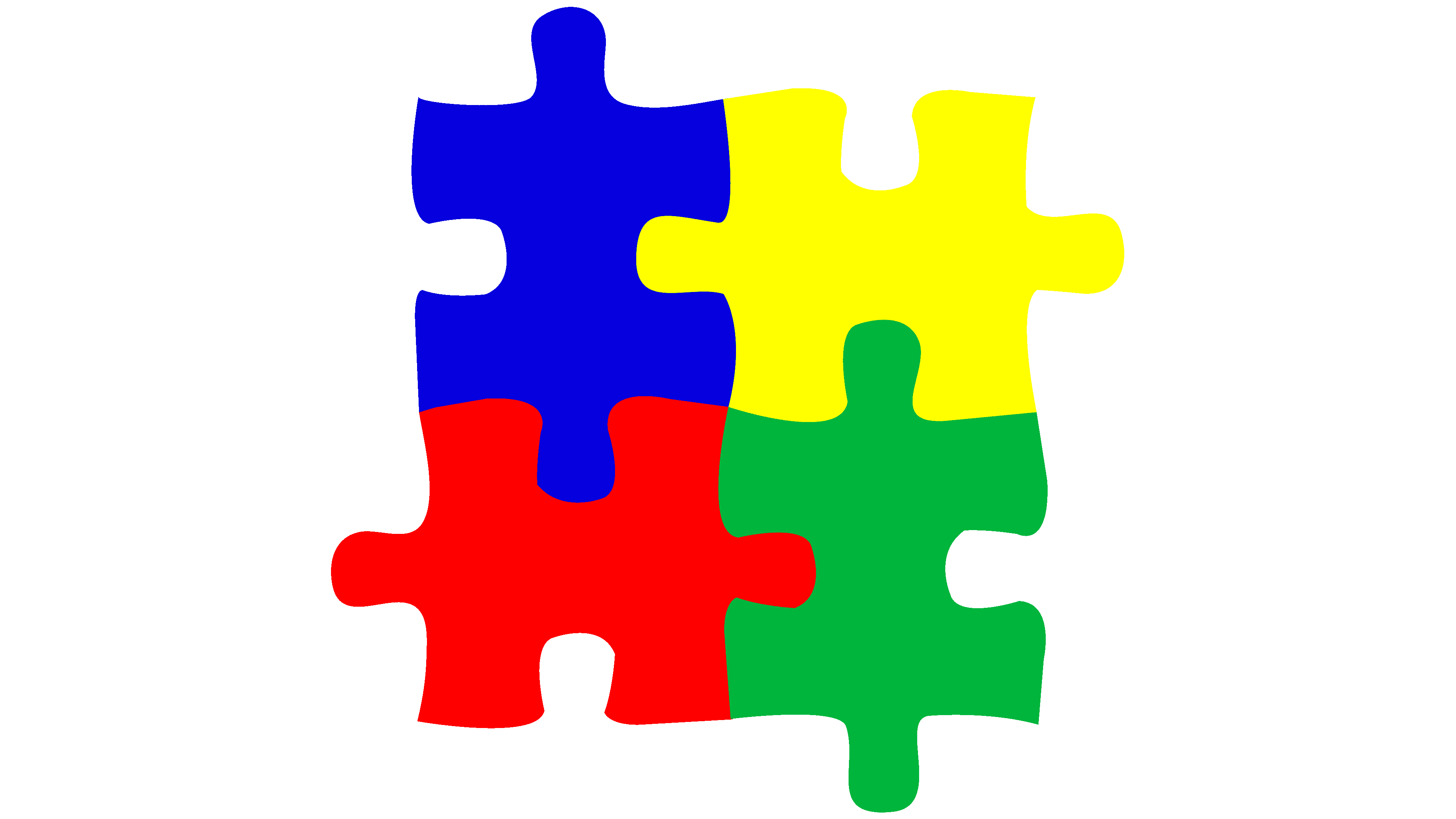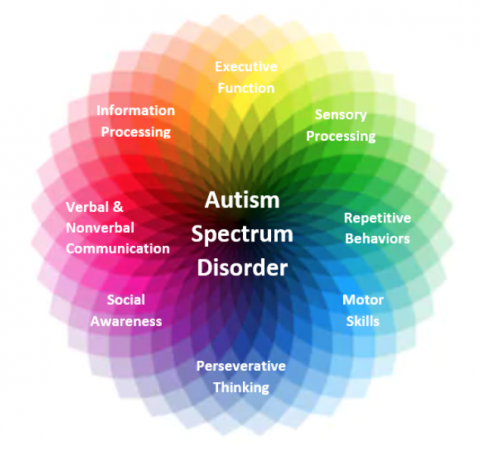Exactly how to Develop an Inclusive Environment for Friends and Household with Autism
Exactly how to Develop an Inclusive Environment for Friends and Household with Autism
Blog Article
Discovering Autism: Techniques for Reliable Interaction and Interaction
Efficient communication and interaction with people on the autism spectrum require a thorough understanding of their special requirements and choices. Strategies such as utilizing clear language, making use of aesthetic supports, and cultivating regular routines can substantially boost involvement and minimize stress and anxiety. Recognizing the relevance of non-verbal hints and shared interests leads the way for purposeful links. However, the complexities of these methods reveal more factors to consider that merit exploration, especially in how they can be adjusted to specific experiences and varied contexts. What might these adjustments resemble in method?
Recognizing Autism Spectrum Condition
Autism Range Problem (ASD) encompasses a variety of neurodevelopmental problems identified by obstacles in social interaction, communication, and repeated behaviors. The term "spectrum" shows the diverse symptoms and differing levels of extent experienced by people with ASD. While some may exhibit significant disabilities, others may show high-functioning qualities, enabling better independence in life.
The onset of ASD usually happens in early youth, with indications commonly identifiable by age 2. Early signs may include postponed speech growth, minimal eye call, and troubles in comprehending social hints. Although the exact etiology of ASD stays uncertain, research suggests a mix of environmental and hereditary variables plays a critical duty in its advancement.
People with ASD typically possess one-of-a-kind staminas, such as heightened interest to detail and remarkable memory skills. Nonetheless, they may have problem with comprehending abstract concepts and taking care of changes to regular. Therefore, interventions and assistance tailored to specific needs are necessary for fostering interaction and social skills. Acknowledging the intricacy of ASD is important for advertising awareness, acceptance, and reliable techniques that assist in meaningful interactions with people on the range.

Relevance of Clear Communication
Effective interaction is essential for fostering understanding and connection, specifically for individuals with Autism Spectrum Condition (ASD) Clear interaction not just facilitates social interactions however likewise improves the person's capacity to share their emotions, needs, and thoughts. For individuals with ASD, the nuances of language can typically be challenging; as a result, making use of distinct and simple language is necessary.
In addition, clear interaction aids lower stress and anxiousness that might emerge from misconceptions. When messages are communicated in a consistent and straight fashion, people with ASD are much better outfitted to analyze info accurately, which can dramatically enhance their social interaction and involvement in various setups.
Developing regimens and utilizing aesthetic assistances can even more bolster clear interaction. These methods offer individuals with foreseeable frameworks that assist understanding and retention of information. In addition, actively being and paying attention client throughout interactions advertises a helpful setting where individuals with ASD really feel valued and comprehended.
Inevitably, prioritizing clear interaction not only encourages individuals with ASD yet also cultivates more significant links with their peers, caregivers, and the bigger neighborhood, leading the way for collaborative connections and comprehensive interactions. - autism
Non-Verbal Interaction Strategies
Communication prolongs past words, and for individuals with Autism Spectrum Condition (ASD), non-verbal signs play a considerable duty in communications. Non-verbal communication methods can find more info consist of faces, gestures, body language, and eye get in touch with, every one of which function as important elements for sharing purposes and emotions.
Understanding and translating these non-verbal signals can boost communications with people with ASD. For example, a warm smile or open position can produce a welcoming environment, urging involvement. Likewise, utilizing aesthetic aids-- such as photo cards or signs-- can connect interaction spaces and assist communicate messages better.
It is also vital to be conscious of individual area, as individuals with ASD may have various convenience levels concerning proximity. Observing their reactions to physical distance can notify proper modifications.

Creating Helpful Environments
Developing a helpful setting is vital for fostering favorable interactions and boosting the wellness of people with Autism Spectrum Condition (ASD) Such environments can dramatically decrease anxiousness and create a feeling of safety, enabling people to reveal themselves extra freely.
To attain this, it is necessary to take into consideration sensory sensitivities that individuals with ASD might experience. Modifying the physical area to consist of soft lighting, very little history sound, and comfortable seating can produce a relaxing atmosphere. Furthermore, making use of consistent routines and clear aesthetic timetables can help individuals expect shifts and lower uncertainty, additional promoting comfort.
Social rooms should be structured to reduce frustrating stimulations while giving opportunities for engagement in favored tasks. Promoting locations marked for quiet time can also act as a sanctuary during moments of anxiety. Significantly, including components of selection encourages people, permitting them to work out firm in their setting.

Encouraging Social Interactions
Fostering social interactions among people with Autism Range Problem (ASD) calls for willful approaches that focus on convenience and interaction. Developing predictable routines can help reduce anxiety, making social setups extra friendly. Producing structured environments with specified duties and functions enables individuals to involve without the frustrating pressure of unstructured social characteristics.
Integrating rate of interests and strengths right into social tasks can act as a stimulant for communication. For example, organizing team activities around shared hobbies or subjects of fascination can facilitate all-natural conversations and connections. Furthermore, utilizing aesthetic supports, such as pictorial timetables or social scripts, can assist in comprehending social cues and assumptions.
Designing proper social behaviors is critical - autism. Peers and grownups should show effective interaction strategies, including energetic listening and turn-taking. Role-playing scenarios can likewise provide a risk-free room for individuals to exercise these abilities
Finally, cultivating peer relationships with comprehensive practices is necessary. Encouraging inclusive playdates or team getaways can create chances for socializing in a comfortable setting. By applying these caregivers, teachers and approaches can significantly enhance social interactions for individuals with ASD, promoting their overall social advancement and wellness.
Final Thought
Finally, effective interaction and communication techniques are important for sustaining people with Autism Range Condition. Emphasizing clear language, including non-verbal hints, and establishing foreseeable routines significantly improve engagement click here to read and reduce stress and anxiety. Creating encouraging atmospheres fosters risk-free social interactions, while motivating shared interests promotes significant links. Eventually, these approaches equip people with autism to navigate social landscapes, advertising their overall wellness and enabling the advancement of lasting connections.
Effective communication and interaction with people on the autism range demand a comprehensive understanding of their special demands and choices. Clear interaction not only helps with social interactions yet additionally boosts the individual's ability to express their feelings, requirements, and ideas.Promoting social communications among individuals with Autism Spectrum Disorder (ASD) requires intentional strategies that prioritize comfort and involvement. By applying these caregivers, approaches and educators can significantly enhance social communications for people with ASD, promoting their overall social growth and wellness.
In final thought, her comment is here effective interaction and communication techniques are important for sustaining people with Autism Spectrum Problem.
Report this page